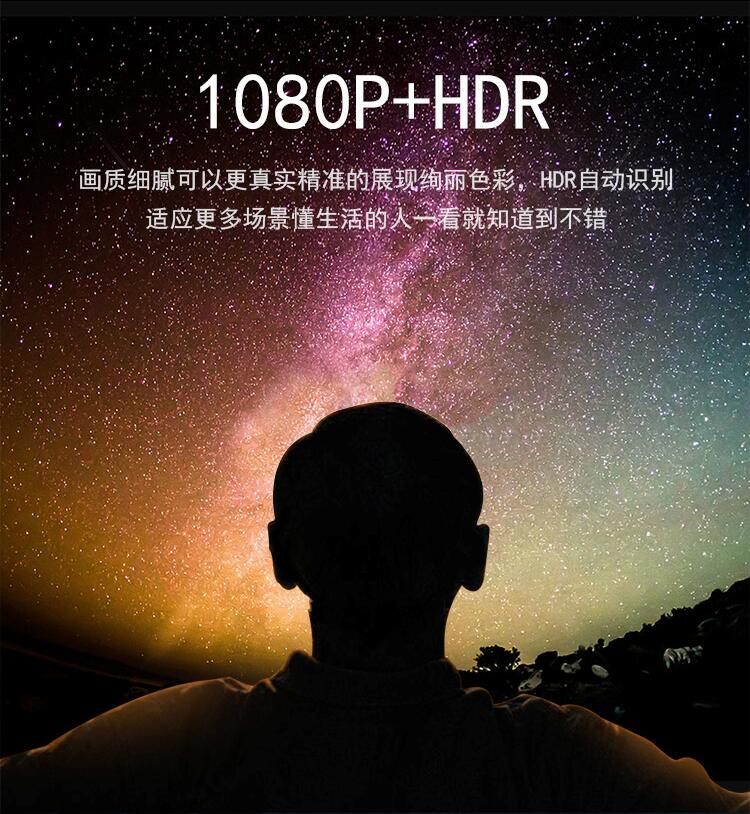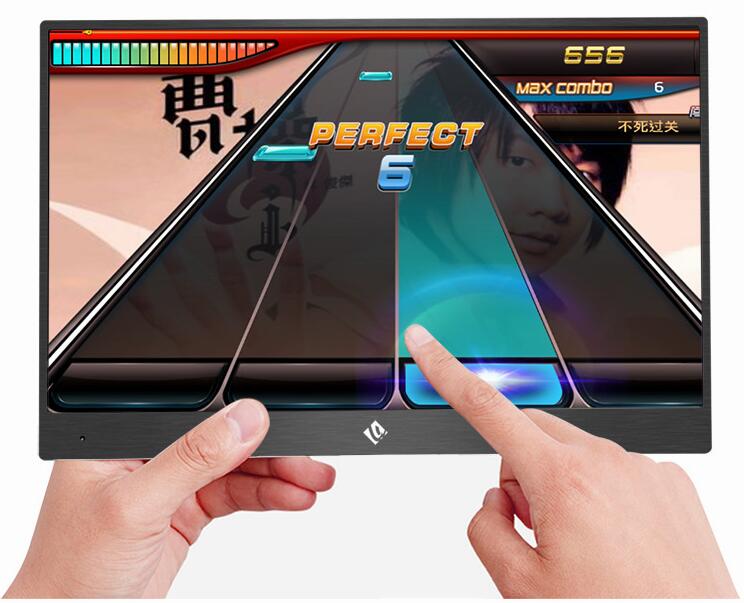In addition to the hardware in the mainframe, the display is also a very important part. A good monitor not only allows us to have a better visual impact, but also improves our work efficiency. Talk about how to choose the monitor that suits you.

So first we need to understand some parameters of the display, such as display size, scale, refresh rate, resolution and so on.
The proportion of monitors may be a problem that many people consider. The current popular display ratios are 16:9, 16:10, 21:9, but 16:9 is the current mainstream, probably out of curiosity 21:9. The display is the most popular.
We can see that the 21:9 display is a little wider than the conventional one, and the game can get a wider viewing angle, and the multi-window task is more convenient.
Followed by the panel material of the display, the mainstream is IPS, VA, TN three.
Generally speaking, the TN panel has the lowest material cost and the worst effect, but the response time is fast. It is only necessary to press the water ripple on the screen to judge the TN panel.
VA is a soft screen relative to the TN panel. It is usually used for curved displays. The color performance is better. The resolution method is to press the plume-like ripple on the screen.
The IPS panel, also known as hard screen, has excellent color reproduction and is currently the mainstream choice in the market. However, it is still positioned according to the price, one penny is divided, the reason is that IPS has several specifications, E-IPS screen is a low-end product, AH-IPS screen is a high-end product, the highest end is S-IPS screen, high-end The IPS screen is color positive and the response speed is fast.
And now there is a main esports display, the refresh rate can reach 144Hz, ultra-fast response time.
Response time: The reaction speed of the output signal, the time when the liquid crystal particles turn from dark to dark. If the time is too long, the phenomenon of smear will be seen.
Refresh rate: The number of times the monitor refreshes the image every second. Most monitors are 60hz. The higher the number, the more stable and smooth the screen.


